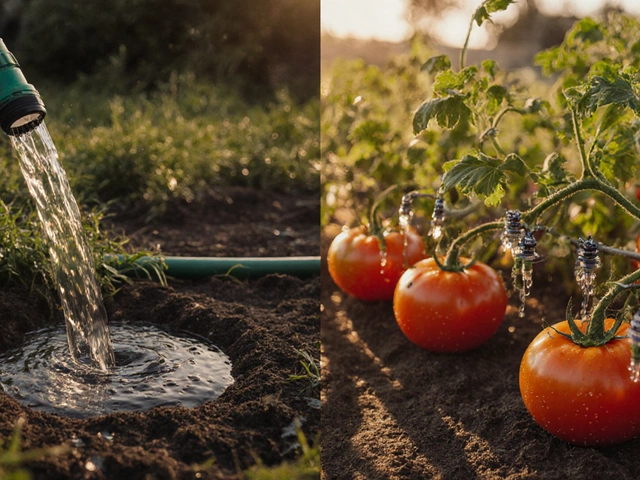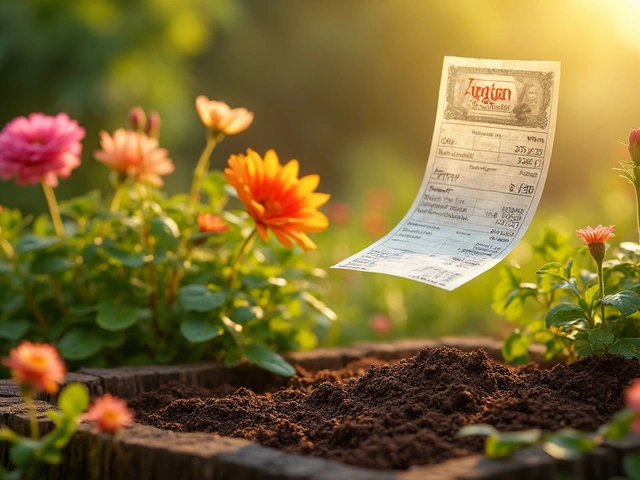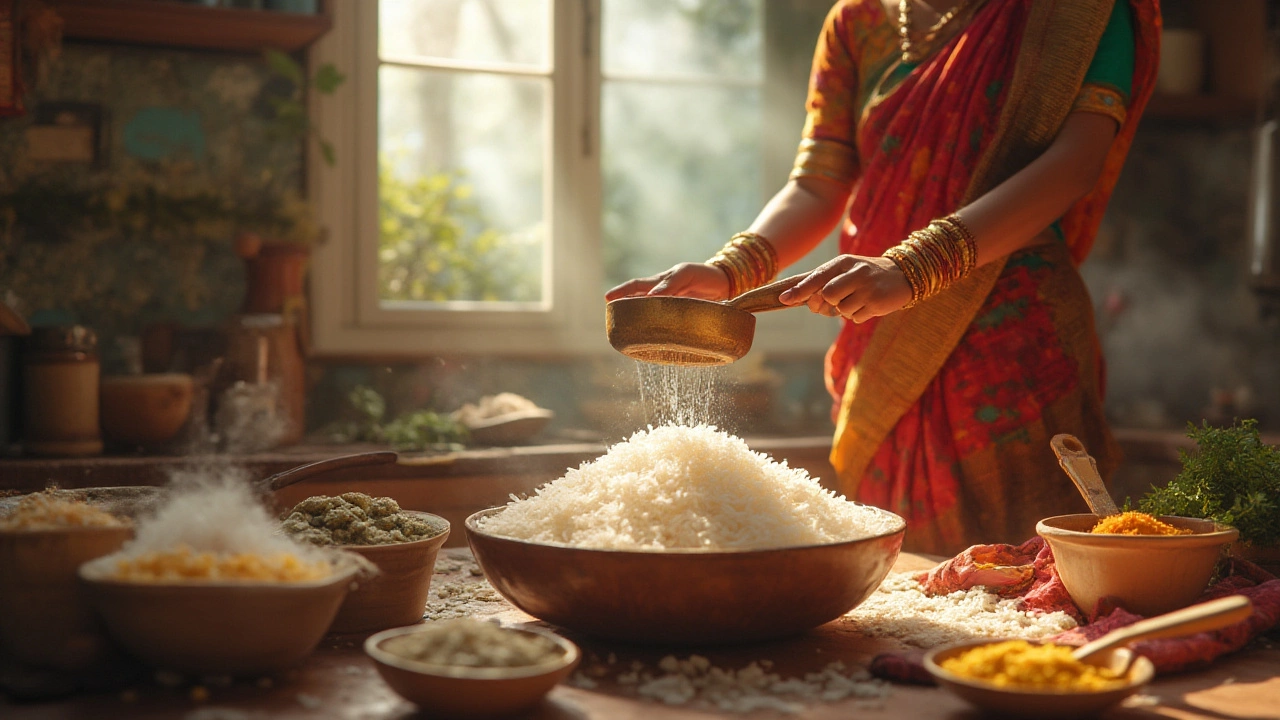Rice Cooking Tips You Can Use Today
If you’ve ever ended up with soggy or crunchy rice, you’re not alone. The good news is that getting fluffy, perfectly cooked rice is mostly about a few simple steps. Below you’ll find straight‑forward tips you can start using right now, no fancy gadgets required.
Rinse, Soak, and Measure
First thing – rinse the rice. Put the grains in a bowl, fill with water, stir, and pour out the milky water. Do this 2‑3 times until the water runs clear. Rinsing removes excess starch that makes rice stick together.
Next, consider a short soak. For most long‑grain basmati or jasmine, a 15‑minute soak helps the kernels absorb water evenly. This step isn’t mandatory, but it cuts cooking time and improves texture.
Now the water ratio. The classic rule is 1 cup rice to 1½ cups water for most white rice. If you’re using brown rice, bump the water up to 2¼ cups. For sticky rice or sushi rice, use a 1:1.2 ratio. Adjust a little based on altitude or the specific brand you have.
Cooking Method Matters
Stovetop method: Bring water to a boil, add a pinch of salt and a splash of oil or butter if you like. Stir once, then lower the heat to the lowest setting, cover tightly, and let it simmer. White rice usually needs 12‑15 minutes, brown rice 35‑40 minutes. Resist the urge to lift the lid – steam does the work.
Rice cooker: If you have one, just follow the same water ratios and let the machine do the timing. Most modern cookers automatically switch to “keep warm” when the rice is done, but giving the rice a 5‑minute rest before fluffing still makes a difference.
Instant pot or pressure cooker: Use 1 cup rice to 1¼ cups water, set on “manual” high pressure for 3 minutes (white) or 22 minutes (brown). Quick‑release the pressure, let it sit 10 minutes, then fluff.
Don’t forget to let the rice rest. After cooking, keep the lid on and let the grains sit for 5‑10 minutes. This lets any remaining moisture redistribute, giving you separate, airy grains when you fluff with a fork.
Flavor tricks: Swap water for low‑sodium broth, add a bay leaf, or toss in a few crushed garlic cloves while cooking. A teaspoon of oil or butter at the start prevents sticking and adds a subtle richness.
Storing leftovers: Cool the rice quickly and store in an airtight container in the fridge for up to 4 days. When reheating, sprinkle a little water over the rice, cover, and microwave for 1‑2 minutes or steam in a pan – this revives the fluffiness.
With these tips, you’ll move from mushy or dry rice to consistently great results. Try them out next time you cook, and you’ll wonder why you ever struggled with rice before.
How Much Rice Does 1 Cup Make? Unpacking Dry to Cooked Ratios for Perfect Meals
Wondering how much rice a cup produces? Get exact answers, tricks for fluffy grains, and yield facts to ace your next meal. Avoid soggy or undercooked disasters.
Why Wash Rice Before Cooking? The Real Reasons Revealed
Ever wondered why people bother washing rice before cooking? This article breaks down the science and tradition behind this common step, exploring if it really makes rice healthier or tastier. From dirty grains to hidden chemicals, we'll look at what actually gets rinsed away. You'll find tips for doing it right and learn how growing, harvesting, and processing rice affect why washing matters. Whether you're whipping up sushi or a simple bowl of steamed rice, knowing when and how to wash can amp up your results.
About
Rice Cultivation
Latest Posts


Essential Terrace Protection Techniques for Thriving Gardens
By Alden Thorne Jan 2, 2025

Why Drip Irrigation Is Better Than Soaker Hoses for Your Garden
By Alden Thorne Nov 25, 2025

Victorian Terrace House: Key Features, Layout, and How to Spot One
By Alden Thorne Sep 9, 2025


